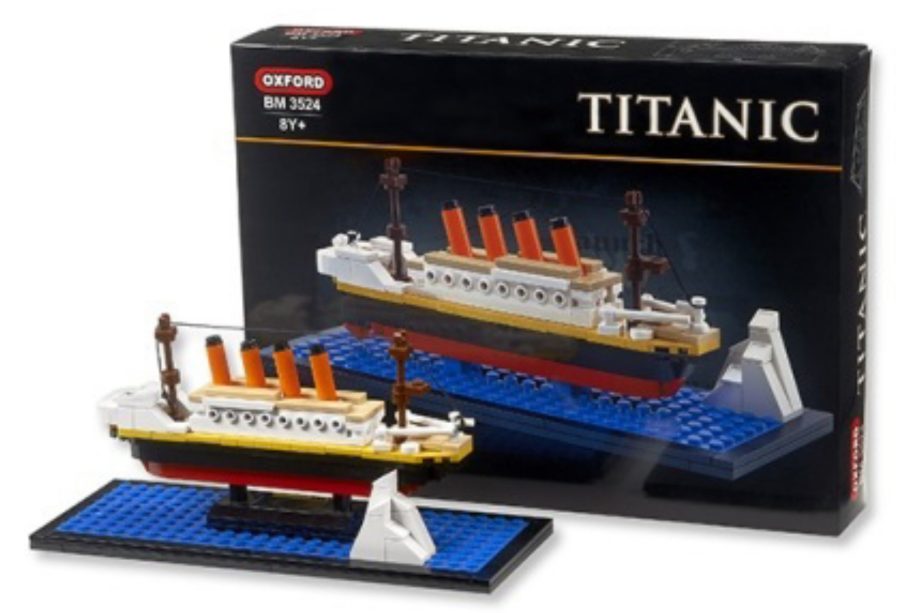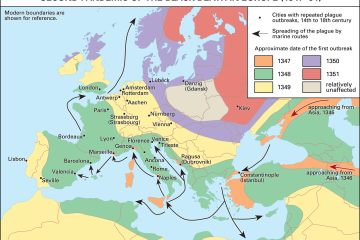The Titanic: Remembering a Maritime Tragedy

Introduction
The Titanic, a British passenger liner that sank on its maiden voyage in April 1912, remains one of the most infamous maritime tragedies in history. Over 100 years later, the legacy of the Titanic continues to captivate the collective imagination, prompting discussions about safety regulations in maritime travel, human error, and the stories of those who perished. The tale serves not only as a mourning of lives lost but also as a significant pivot point in maritime safety practices.
Historical Context
The Titanic was touted as the largest and most luxurious ship of its time, built by Harland and Wolff and operated by White Star Line. On the night of April 14, 1912, the unsinkable ship struck an iceberg in the North Atlantic Ocean, leading to the deaths of over 1,500 passengers and crew. The disaster highlighted serious shortcomings in the maritime industry, including inadequate lifeboats and lack of emergency protocols.
Impact on Maritime Regulations
In the wake of the Titanic disaster, significant changes were made to maritime regulations. The International Convention for the Safety of Life at Sea (SOLAS) was established in 1914, mandating that ships have sufficient lifeboats for all passengers and crew, along with improved safety measures. The tragedy marked a turning point, pushing authorities to address issues of passenger safety in an industry that had previously prioritised luxury and speed over security.
Legacy and Cultural Impact
The Titanic disaster has permeated popular culture, inspiring countless books, films, and exhibits. James Cameron’s 1997 film, ‘Titanic,’ reignited interest in the story, winning numerous awards and bringing the tragic event to a new generation. Museums around the world continue to house artefacts from the ship, drawing millions of visitors eager to understand the events and human stories behind the tragedy.
Conclusion
Reflecting on the Titanic reminds us of the fragility of life and the importance of safety in travel. As we honour the memories of those lost, it is critical to recognise how their sacrifice has shaped contemporary maritime safety protocols. Understanding the Titanic’s legacy is not merely an exercise in remembrance but a necessary discourse on how far we have come and the responsibilities that still lie ahead in ensuring that such a type of tragedy is never repeated.








